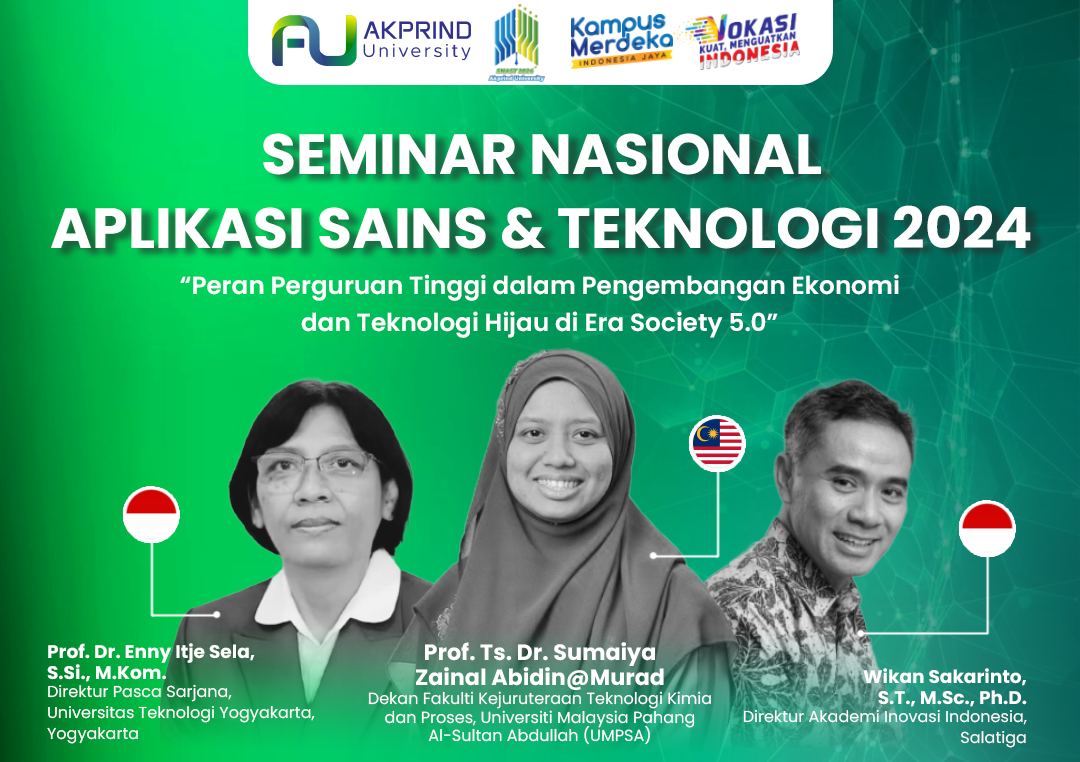KLASIFIKASI PENERIMA PROGRAM KELUARGA HARAPAN MENGGUNAKAN METODE RANDOM FOREST PADA KELURAHAN 13 ULU SEBERANG ULU DUA PALEMBANG
DOI:
https://doi.org/10.34151/prosidingsnast.v1i1.5089Keywords:
Classify, Family Hope Program, Random ForestAbstract
The Family Hope Program (Program Keluarga Harapan, PKH) is a social assistance program aimed at helping poor and vulnerable families. This program is provided to families registered in the Unified Database for Social Welfare (DTKS) and meet certain criteria, such as having school-aged children, toddlers, pregnant women, or elderly members. In its implementation, PKH distribution often faces challenges, such as inaccurate targeting and insufficiently detailed data on poor families. Therefore, this research aims to classify PKH beneficiaries in 13 Ulu Village, Seberang Ulu II District, Palembang, to ensure that social assistance is given to those who truly meet the eligibility criteria. The method used in this research is the Random Forest method, which involves several stages. These stages include Data Preprocessing, Data Splitting, Random Forest Method Implementation, and Evaluation. Several attributes used in this research include House Ownership, Number of Children, School-Aged Children, Toddlers, Pregnant Women, Elderly, Occupation, and Income, with the target attribute being PKH eligibility. In this research, 117 datasets were used, which had gone through the Preprocessing stage. The data was then split with a 70:30 ratio for training and testing, resulting in an accuracy of 97%, precision of 96%, recall of 100%, and an F1-Score of 98%. These results indicate that the Random Forest method is quite effective in accurately classifying PKH beneficiaries.
References
Aldiyansyah, A., Irma Purnamasari, A., & Ali, I. (2024). Perbandingan Tingkat Akurasi Algoritma Decision Tree Dan Random Forest Dalam Mengklasifikasi Penerima Bantuan Sosial Bpnt Di Desa Slangit. JATI (Jurnal Mahasiswa Teknik Informatika), 8(1), 127–132. https://doi.org/10.36040/jati.v8i1.8290
Direktorat Jaminan Sosial, D. J. P. dan J. S., & Kementerian Sosial RI. (2021). Pedoman Umum PKH Edisi 2021.
Fajriyan, F. N., Ahsan, M., & Harianto, W. (2022). Komparasi Tingkat Akurasi Information Gain Dan Gain Ratio Pada Metode K-Nearest Neighbor. JATI (Jurnal Mahasiswa Teknik Informatika), 6(1), 386–391. https://doi.org/10.36040/jati.v6i1.4694
Ferdita Nugraha, A., Aziza, R. F. A., & Pristyanto, Y. (2022). Penerapan metode Stacking dan Random Forest untuk Meningkatkan Kinerja Klasifikasi pada Proses Deteksi Web Phishing. Jurnal Infomedia, 7(1), 39. https://doi.org/10.30811/jim.v7i1.2959
Kanaka, N. A. S., Heriansyah, R., & Puspasari, S. (2024). Perbandingan Algoritma Decision Tree dan Support Vector Machine Dalam Pemilihan Calon Mahasiswa Penerima KIP-K. TIN: Terapan Informatika Nusantara, 4(9), 613–619. https://doi.org/10.47065/tin.v4i9.4902
Kurniawan, I., Buani, D. C. P., Abdussomad, A., Apriliah, W., & Saputra, R. A. (2023). Implementasi Algoritma Random Forest Untuk Menentukan Penerima Bantuan Raskin. Jurnal Teknologi Informasi Dan Ilmu Komputer, 10(2), 421–428. https://doi.org/10.25126/jtiik.20231026225
Maulana, Y. I. (2023). Implementasi Algorima Random Forest untuk Klasifikasi Penerima Bantuan Bedah Rumah. JSI: Jurnal Sistem Informasi (E-Journal), 15(1), 2999–3005. https://doi.org/10.18495/jsi.v15i1.20449
Sholihah, N. N., & Hermawan, A. (2023). Implementation of Random Forest and Smote Methods for Economic Status Classification in Cirebon City. Jurnal Teknik Informatika (Jutif), 4(6), 1387–1397. https://doi.org/10.52436/1.jutif.2023.4.6.1135
Suci Amaliah, Nusrang, M., & Aswi, A. (2022). Penerapan Metode Random Forest Untuk Klasifikasi Varian Minuman Kopi di Kedai Kopi Konijiwa Bantaeng. VARIANSI: Journal of Statistics and Its Application on Teaching and Research, 4(3), 121–127. https://doi.org/10.35580/variansiunm31
Wanto, M. N. H., Windarto, Agus Perdana, Hartama, D., Ginantra, Ni Luh Wiwik Sri Rahayu, Napitupulu, D., Negara, Edi Surya, Lubis, M. R., & Dewi, Sarini Vita, Prianto, C. (2020). Data Mining: Algoritma dan Implementasi. Yayasan Kita Menulis.
Downloads
Published
Issue
Section
License
Copyright (c) 2024 Nasrullah

This work is licensed under a Creative Commons Attribution-ShareAlike 4.0 International License.







